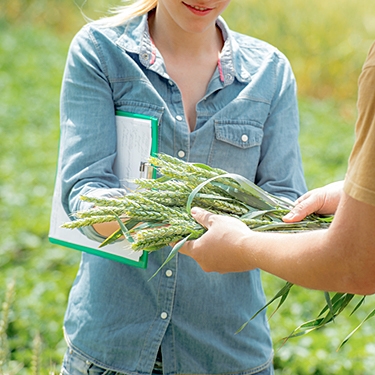Illuminating the value of technical research

On behalf of a commodity producer organization, WPI evaluated the outputs from a project that featured a $5 million investment into technical research over multiple years. WPI’s team captured the results of this extensive effort and synthesized them for presentation to the organization’s governing board; among the findings uncovered and presented for the first time was the development of genomic traits proven, via rigorous testing, to provide crop yield advantages of 50 percent or more to U.S. farmers in times of drought. Capturing measurable results from long-term efforts can be challenging. Educating clients on the dynamics of success measurement when quantifiable results are not readily available requires deep client-consultant collaboration and an ability to consider both near- and long-term client aspirations with market/policy dynamics – attributes that WPI brings to every consulting engagement.

 The August WASDE is almost always a market-moving event for at least one commodity, and Tuesday’s report was no different. Tuesday’s trade started off with some trepidation after China increased the import duty on Canadian rapeseed to 75.8 percent, which caused canola futures to cra...
The August WASDE is almost always a market-moving event for at least one commodity, and Tuesday’s report was no different. Tuesday’s trade started off with some trepidation after China increased the import duty on Canadian rapeseed to 75.8 percent, which caused canola futures to cra...
 Consumption Taxes This analyst erroneously implied that value added taxes are cumulative through the supply chain when in fact any VAT paid on an input is deductible, thus ensuring it is the final customer paying the tax. The VAT is an important discussion point because the Trump Administration...
Consumption Taxes This analyst erroneously implied that value added taxes are cumulative through the supply chain when in fact any VAT paid on an input is deductible, thus ensuring it is the final customer paying the tax. The VAT is an important discussion point because the Trump Administration...